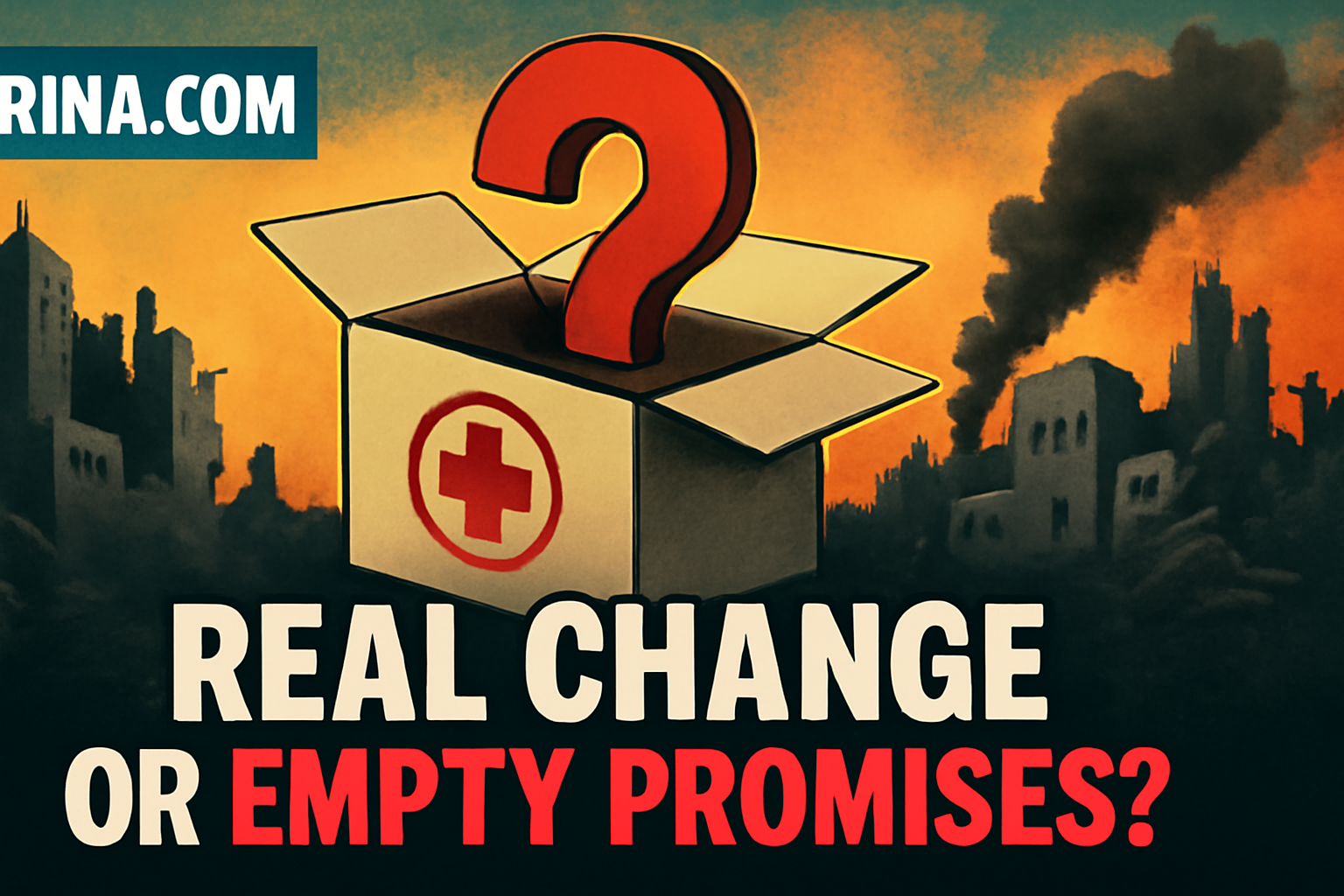Gaza and Humanitarian Aid: Real Improvement or Empty Promises?
Where is the aid? Last week, the European Union reached an agreement with Israel to improve the humanitarian situation in the Gaza Strip. More aid trucks were supposed to arrive, border crossings and humanitarian corridors through Egypt and Jordan, as well as in the north and south of Gaza, were to be opened. But the reality on the ground? EU foreign policy chief, Josep Borrell, said there are no visible improvements.
Is this just another empty promise?
The blockade lasted 11 weeks Israel lifted an 11-week blockade on aid. For 11 weeks, Gaza residents could not receive basic supplies. Now that the blockade is supposedly lifted, where is the aid?
Jordan sent 50 trucks, but where are they? Jordanian authorities sent 50 trucks of humanitarian aid, mostly food, through the land route from Jordan and Israel to Gaza. However, Israeli media say it is not yet confirmed that the trucks have entered Gaza. So, aid exists, but is it reaching the people who need it?
The EU is not satisfied EU foreign policy chief Kaja Kalas clearly stated that the EU does not see enough improvement on the ground. This means that despite agreements, the situation remains critical.
Why does this matter? The Gaza Strip is one of the most densely populated and vulnerable areas in the world. People live in harsh conditions, and humanitarian aid is a matter of life and death. If agreements remain only on paper, who really loses?
Conclusion All these talks about aid and opening corridors sound nice, but until trucks appear on Gaza’s streets and people receive help, it’s just empty talk. Will anything change? Or will we watch people suffer while politicians make deals behind closed doors?
If you have your own take or have seen something different, drop a comment below. Let the street voice be heard, not just the diplomats’ chatter!







